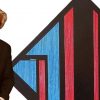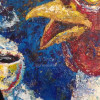CREATIVE
Q: Who is Alex Cearns? What does she do?
A: Internationally renowned animal photographer Alex Cearns is the Creative Director of Houndstooth Studio. Her images have won a multitude of awards and have been published widely across Australian and international print and online media, in books, magazines, campaigns, and even in an Australia Post stamp collection. Inspired by the joy of working with animals, Alex’s philanthropy and passionate advocacy for animal rescue has earned her high regard among Australia’s animal lovers and a strong following on social media. She is the International Fund for Animal Welfare’s (IFAW) Terrestrial Photographer of the Year 2016, and received an Australian of the Day honour in March this year from the team behind the Australian of the Year Awards.
Alex is the photographer of three books published by Penguin Australia. Her 4th book will be published by HarperCollins New York in November 2016.
Alex is the Ambassador for Tamron’s Super Performance Series Lenses and an Ambassador for Spider Holster. She is a popular tour leader with World Expeditions and leads global animal adventure tours to all parts of the world.
She is a self-confessed crazy dog lady who loves to hug on all animals.
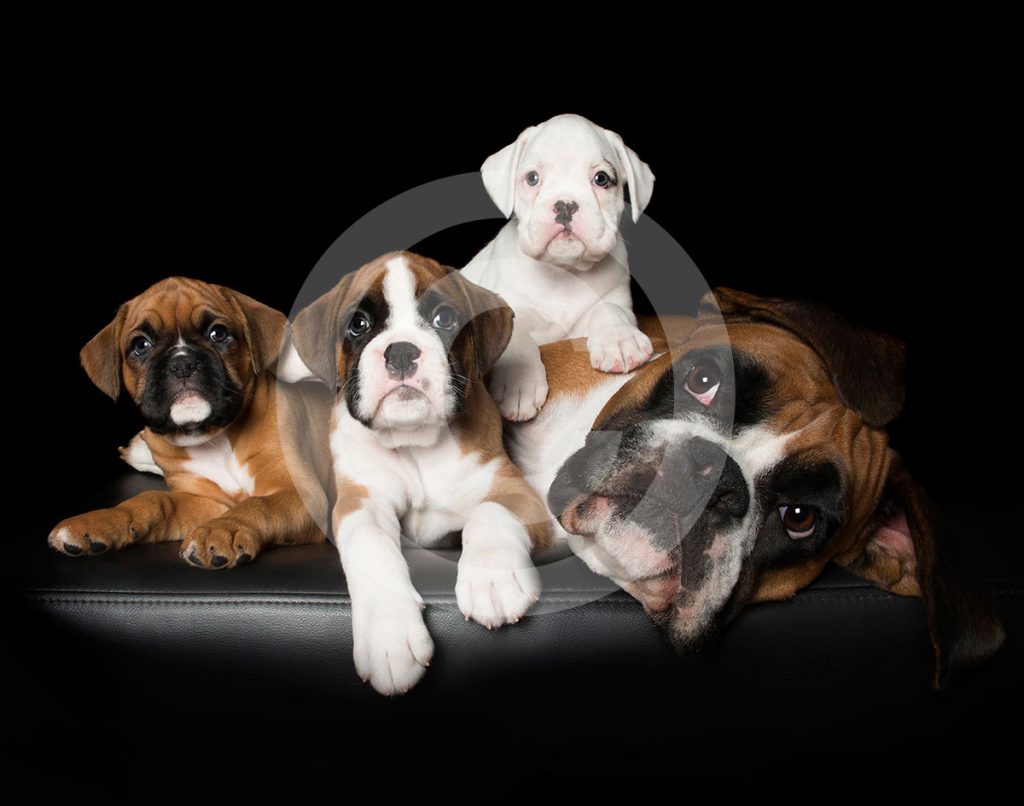
copyright © Alex Cearns
Q: What art technique do you use, and what motivated you to use that technique? When did you decide you wanted to be an artist? And has the internet become a good or bad aspect to life as an artist?
A: I’ve always felt a deep connection with animals starting when I was small. I grew up surrounded by guinea pigs, dogs, horses, rabbits and bottle-fed lambs who were my best. We had a great regard for Australian wildlife in my family too and it was quite normal to find rescued joeys wrapped up warmly in front of the fire or various types of lizards rehabilitating in boxes in the kitchen.
In 2006 I purchased my first DSLR camera and photography suddenly became a serious passion. I’d never really had an interest in it before then, but once a friend showed me the scope of digital photography I was hooked.
I spent every spare moment studying photographic literature, and practicing the craft on my own pets, those of friends and family, as well as farm animals and wildlife. I tried a few other genres such as landscapes and people, but animals enthralled me more than any other subject.
I converted a shed at the back of our property into a photographic studio and spent every weekend filling requests for pet portraits. What started as a weekend hobby was growing so much I resigned from my full time employment (in 2009) and dedicated myself to my business. In 2014 we moved Houndstooth Studio into complete off-site premises, where we have lots of space to work. It has been wonderful to gradually see the emergence of a viable business where I can merge my two passions, animals and photography.
In my business, I was a very early adopter of Facebook. Initially I had one Facebook friend for about 12 months, before it took off and suddenly became a popular social media platform. To promote my work and engage my market, Facebook has been a valuable and successful tool. It allows me to reach a wide audience and to share my images and animal rescue messages with them. We also receive a lot of enquiries through Facebook and book many photo sessions from it by displaying my images on there.
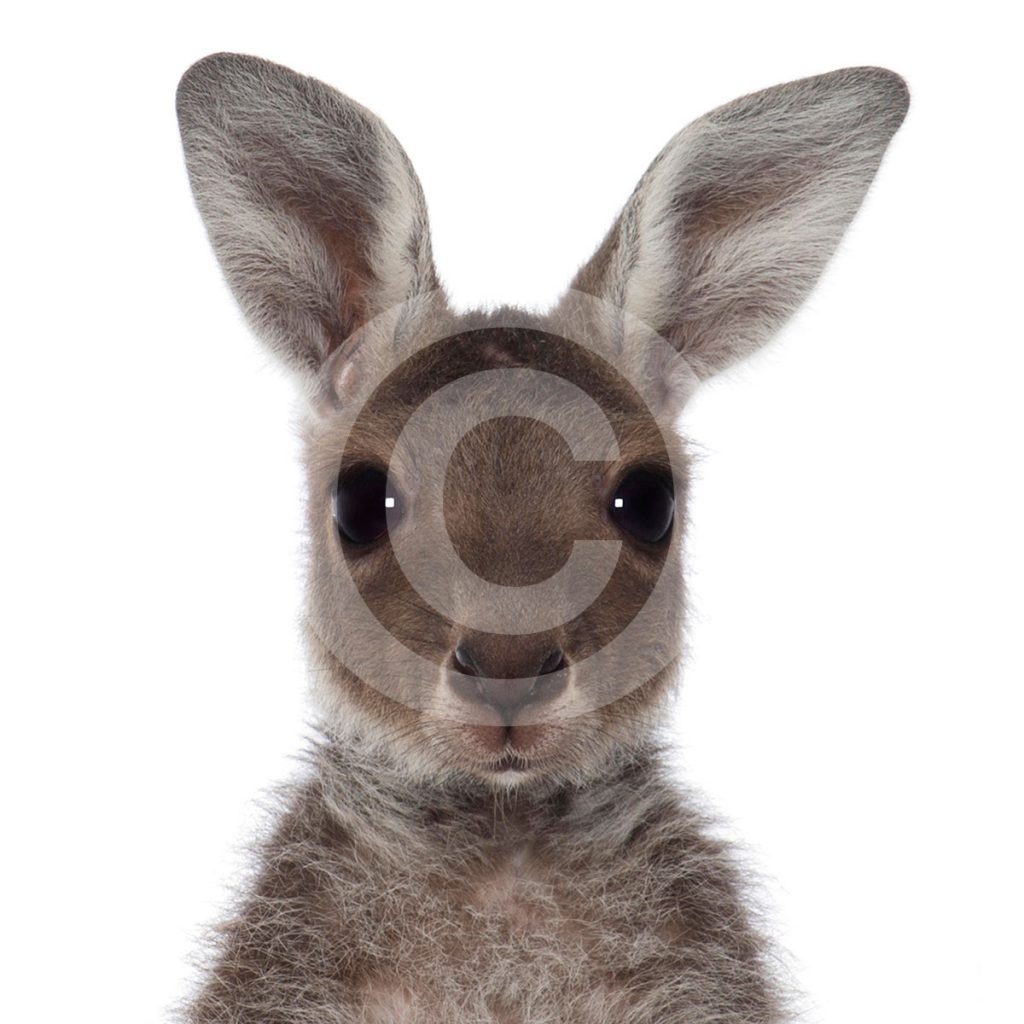
copyright © Alex Cearns
Q: What do you dislike about the world of art?
A: I find the lack of original ideas frustrating sometimes. Whilst I think it’s acceptable to admire the work of other artists and incorporate elements of that into your own work, directly copying the work or style of another doesn’t showcase or express any personal creativity. I try to stay away from the websites and social media pages of photographers in the same market as mine, to ensure my ideas remain my own and stay fresh.
Q: What is the toughest thing about being an artist?
A: For me, the toughest part of being a photographer is maintaining momentum in my business, to always ensure I have a fully booked schedule of photo sessions. Luckily been able to build up a loyal client following over the years, who not only return for photos of their pets, but who refer me to their friends. We are often booked out months in advance, but I have to work at maintaining my reputation, client satisfaction and standards of service provision. Then there’s managing the business side itself, which is often the least glamorous part of creating art. I see it as something that is necessary so that I can do what I love every day, and it’s a trade-off I have to make. It’s worth it.
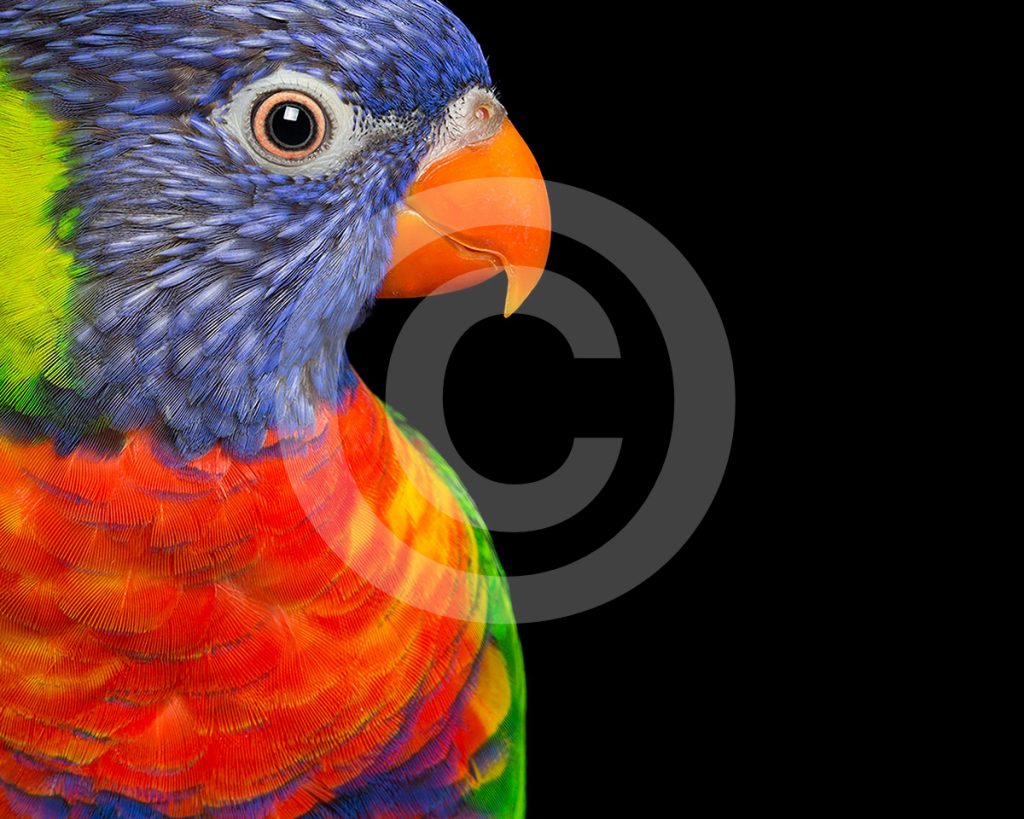
copyright © Alex Cearns
Q: What’s your message to the World?
A: A very important goal of mine is to continue to do whatever I can to promote and support effective animal rescue and conservation organisations, be it dog rescue, bear rescue, or tiger rescue, through my images. There are so many species that need help right now and so many great animal organisations that need help.
I know that many people feel as passionately as I do about animals and conservation. If ever there was a time to step up for those who don’t have a voice, it is now. The more we share information and discuss issues, the sooner we can all act to help create change.
No matter where you live, there will be an animal rescue organisation dedicated to making a difference to the lives of rescue animals. I would love to see more people becoming involved with a charity that resonates with their own personal ethics and compassion. All effective organisations welcome support via donations, attending fundraising events, volunteering or maybe even becoming a foster carer for domestic pets or farm animals.
INFRINGEMENT
Q: What was your first case of a piece of art being infringed upon?
A: My first piece of art infringed upon was actually a photo or my dog Daisy, who has since passed away, wearing a red hat. A Facebook follower in India messaged me to say that she had seen the image used on a promotion for the travelling pet food supplier, who visited her town. She was adamant it was “Your dog daisy wearing the red hat”. She was concerned that the retailer had used it without permission, as she had recognised it from my Facebook page and knew that I didn’t have any connection to the retailer in India. The retailer had since driven on to his next destination, but my source advised if she saw him again on his next visit she would tell him he was unable to continue using the image.
The second time one of my photos was used was a shock to me as it was obtained under creative commons on Wikipedia. I had no idea at the time that images on Wikipedia came under creative commons. The image of a dog was taken by a Polish animal charity and printed onto small wall hangings, which were being sold in their online shop. Although they had good intentions and claimed to be using the money raised from the sales to help animals, I contacted them and advised that I was the legal copyright owner and they had to seek permission. They stated they obtained it under creative commons, but lucky agreed to stop using it. It was the first time id even heard of creative commons and I quickly removed my other images from Wikipedia. Always read the fine print!
Recently one of my rescue greyhound images (taken for an anti-greyhound racing organisation) was taken without permission from my Facebook page and used on a pro greyhound racing site. I sent them an email and advised they had 5 days to remove the image or they would receive an invoice for unauthorised use. The image was subsequently removed.
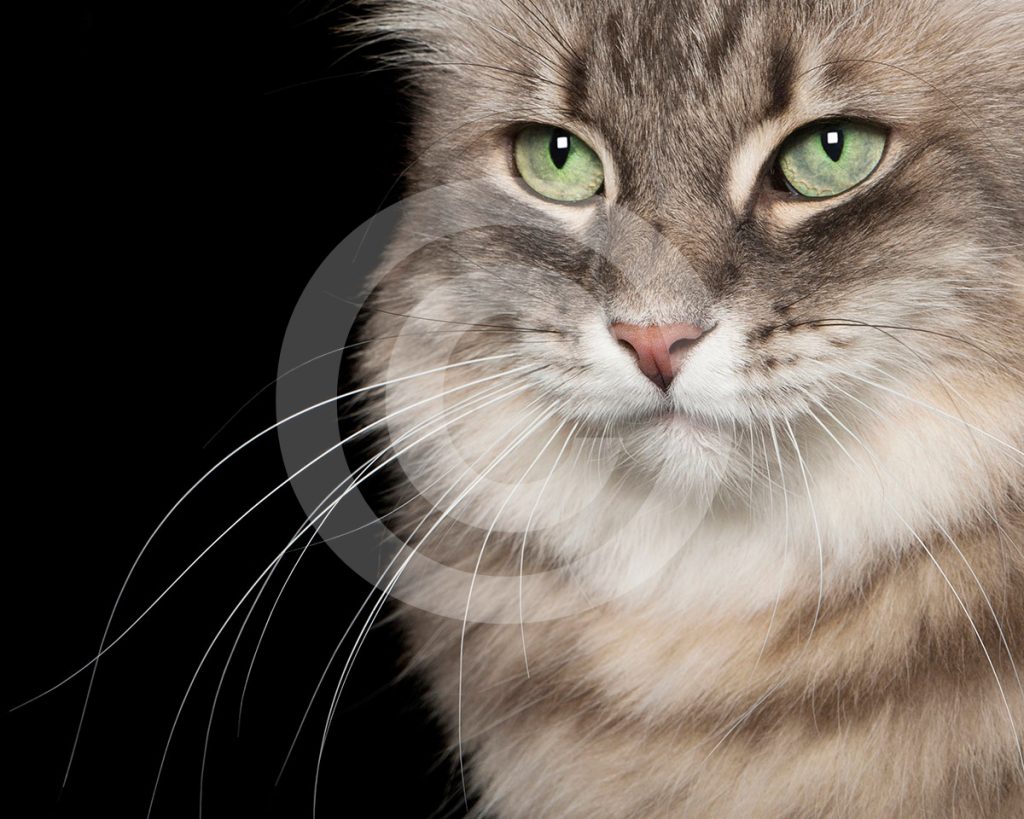
copyright © Alex Cearns
Q: How did you feel about someone stealing your artwork and making money from your hard work?
A: When your work is used for something you haven’t given permission for, it makes you feel like you have lost control. Images are my source of income and some are taken for specific organisations, for a specific purpose. Misusing my images can breach agreements I have with these organisations and cause endless trouble if they are used in the wrong way – the pro greyhound racing movement using an anti-greyhound racing image for example.
Q: Do you feel it’s a necessary part of the market, to allow for free advertising?
A: I don’t see unauthorised use of my images as free advertising. I’m very generous by nature, and give permission for my images to be used by select animal rescue, welfare and charity organisations, but any commercial ventures can afford to pay.
On the other hand, if my watermarked images are shared online through social media sites like Facebook, I’m totally ok with it. These images were posted for that purpose, and provided they aren’t altered in any way, and my branding isn’t removed, I see this as pushing out my online reach.
Q: What would you say to the infringers if you had the chance?
A: Please consider the implications of taking away an artist’s right to earn income for their work.
Q: How do you think this situation could be resolved?
A: Theft of images can only be combatted if intellectual property is viewed the same as physical property under legislation and if there is perhaps a governing body or overseeing organisation who can investigate and follow up complaints in an efficient, simple manner, without clogging up the courts. To me, copyright breaches are generally black and white. There is my image on someone else’s site, who doesn’t have permission to use it. The evidence is right there.
Q: Have you ever been approached about infringement you have caused, or sent an email?
A: No. I’ve never infringed on someone else’s copyright or ownership rights.
COPYRIGHT
Q: What is your view on copyright?
A: Copyright is necessary to protect authors or creators of works. From my understanding, to take action legally against someone who has breached copyright is costly and lengthy. Perhaps there could be a global penalty system in place for breaches, governed by an investigative body that assesses complaints. Or at the least, a standard notification template could be developed, complete with an invoice section which artists can utilise when works are taken without permission.
Q: Have you ever innocently, or without knowledge of copyrighted laws used other’s material for your own work?
A: Nope. I always source material legally, by purchasing music for video clips or stock images for marketing items.
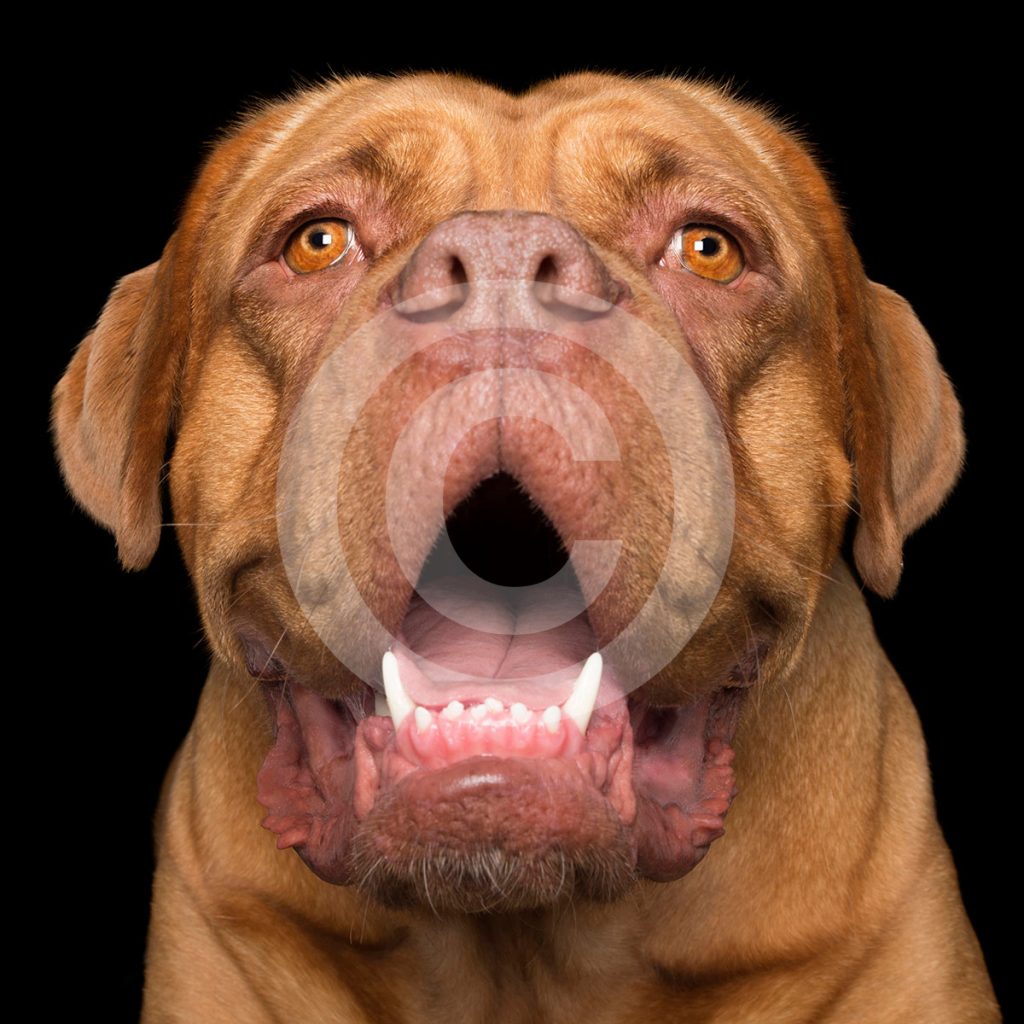
copyright © Alex Cearns
Q: How do you protect your own work against copyright theft?
A: To protect my work against copyright theft I watermark images used online and make them low res and small in file size so that they cannot be printed. Other than that I rely on the decency of people not to steal my work. Sometimes my Facebook community members will bring an unauthorised use to my attention and I’m always grateful for their watchful eyes. This is one of the great things about the internet. I think as my work grows and more people see it, others are more likely to be able to identify it if it is being used somewhere it shouldn’t.
Q: Do you think companies on the web do enough to protect artist’s work?
A: I think companies on the web should protect the work of artists, and should stipulate that their users do not copy and paste content. An agreed terms and conditions along these lines could easily be implemented. Penalties should apply if these terms and conditions are broken.
Q: What do you think about Creative Commons and Public Domain?
A: I’m not a fan of creative commons and public domain. Unless you are giving your direct written consent to an individual or company to use your work, it is hard to keep track of how it is being appropriated. I would rather direct negotiation and thus, retain control of where my work is displayed and how it is used.
Q: What do you think of artists that abuse the feature of CC and PD? And copyright “free” aspect of the internet?
A: I think it shows a lack of ethics and integrity. As artists, we should all support each other and value each other’s work.








